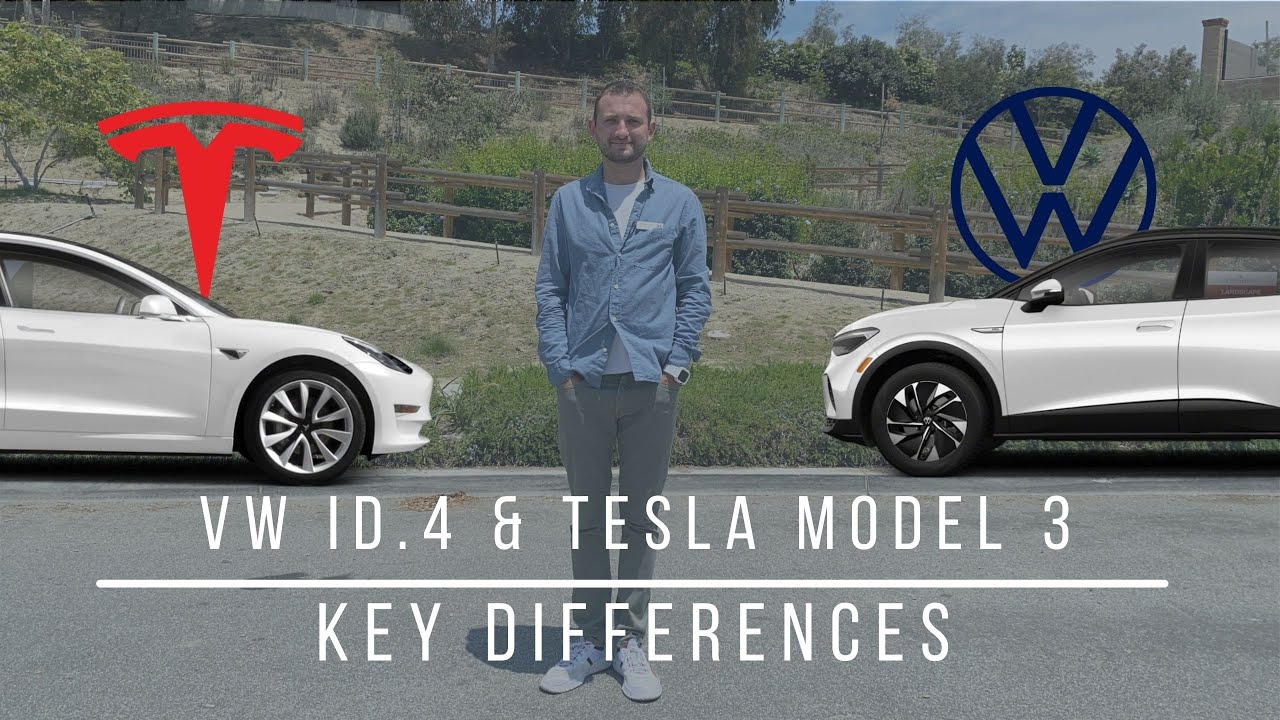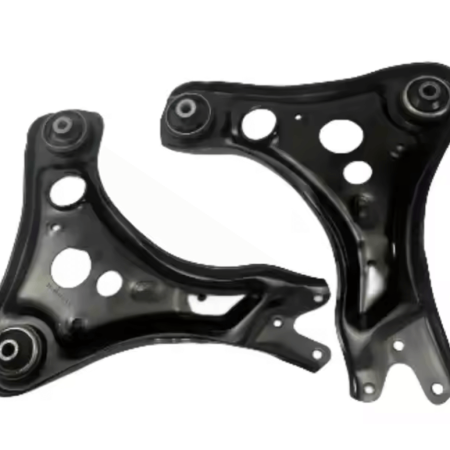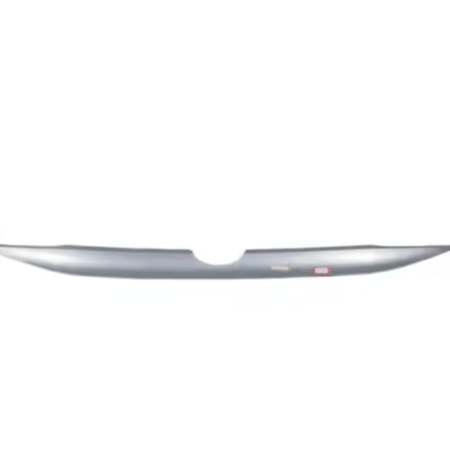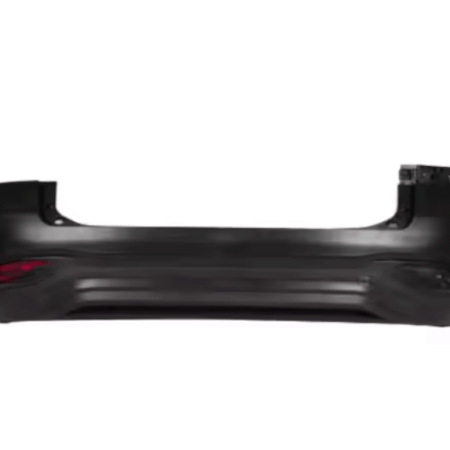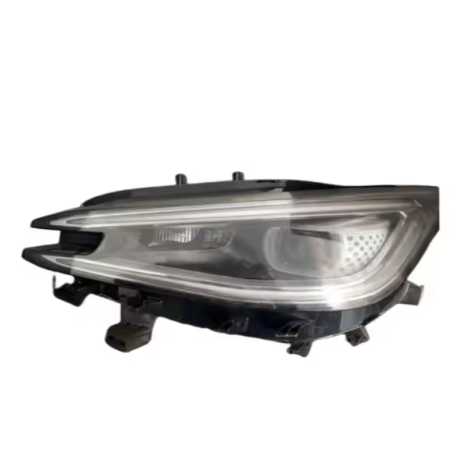VW ID.4 vs Model 3: Comparison
The VW ID.4 vs Model 3 stand out as leading options in the electric vehicle arena. Both cars deliver remarkable performance, a commendable driving range, superior ride comfort, and an abundance of features. Yet, the right choice for you might hinge on your budget and particular driving requirements. Let’s delve into how the Volkswagen ID.4 measures up against the Tesla Model 3 in this thorough comparison.
VW ID.4 vs Model 3 Price
If you’re aiming to save money on an electric vehicle, the Volkswagen ID.4 is a fantastic option. This adaptable SUV offers five different trim levels to suit various needs and tastes: Standard, Pro, AWD Pro, S, Pro S, and the top-of-the-line AWD Pro S. The entry-level model starts at an MSRP of $37,495, while the highest-end AWD Pro S starts at $53,745. In addition to its attractive pricing, the ID.4 is eligible for a federal tax credit of up to $7,500, enhancing its affordability even further.
Although classified as a sedan, the Tesla Model 3 commands a notably higher price compared to the Volkswagen ID.4. It is available in three configurations: Standard Range Plus, Long Range, and Performance. Prices start at $47,690, with the Performance variant requiring a minimum budget of $64,190. Notably, in the 2023 model year, only the base trim of the Model 3 is eligible for a federal tax incentive.
VW ID.4 vs Model 3 Performance
Choosing between the Volkswagen ID.4 and the Tesla Model 3 promises a dynamic driving experience in any situation. The rear-wheel-drive ID.4 is powered by a single electric motor and an 82 kWh battery, delivering 201 horsepower. Opting for the all-wheel-drive model upgrades you to two electric motors with the same battery capacity, increasing total power to 295 horsepower. This setup ensures notably quicker acceleration and enhances the overall excitement of driving.
The Tesla Model 3 offers three different powertrain options. The Standard Range Plus model includes a single motor, rear-wheel drive, and a 54 kWh battery, whereas the other two versions feature dual motors, an all-wheel drive, and an 82 kWh battery. Particularly noteworthy is the Performance trim, recognized as one of the fastest luxury electric vehicles on the market.
The Volkswagen ID.4 excels in handling, striking a perfect balance between comfort and sportiness with its crossover design. Its responsive suspension absorbs uneven terrain well, offering stability at high speeds and through winding roads, thanks to a low center of gravity. Conversely, the Tesla Model 3 provides a pleasurable driving experience but may feel less composed on rough roads and uneven surfaces at times.
VW ID.4 vs Model 3 Driving Range
The driving range of the Volkswagen ID.4 depends on the selected battery pack. Vehicles with the standard battery offer a range of 208 miles on a full charge, while those equipped with the larger battery range between 255 to 275 miles. On the other hand, the Tesla Model 3 achieves its longest range with the Long Range trim, rated at 353 miles. Opting for the base trim reduces the maximum range to 263 miles, which falls short compared to the top-spec ID.4.
VW ID.4 vs Model 3 Interior
Both the VW ID.4 and Model 3 boast modern, meticulously crafted interiors characterized by premium materials, soft-touch surfaces, and elegant accents.
The ID.4, as an SUV, stands out with its significantly larger cabin compared to the Model 3. Its expansive and airy atmosphere enhances visibility and promotes a comfortable travel experience. Whether seated in the front or rear of this crossover, there’s abundant space for stretching out, accommodating even taller adults with ease. In contrast, while the Tesla offers ample room in the front seats, its rear seating is more suitable for smaller adults or children.
VW ID.4 vs Model 3 Cargo Capacity
For those who relish family road trips or outdoor escapades, the Volkswagen ID.4’s generous cargo space proves invaluable. This SUV offers 30.3 cubic feet of storage with the rear seats up, expanding to 64.2 cubic feet when folded down. In contrast, the Tesla Model 3, being a sedan, provides a smaller trunk space of just 23 cubic feet.
VW ID.4 vs Model 3 Features
The Volkswagen ID.4 surpasses the Tesla Model 3 in terms of feature content. It offers a rich selection of standard infotainment features aimed at keeping you connected and entertained on the move. These include a 10-inch touchscreen display, a Wi-Fi hotspot, voice recognition, four USB ports, wireless device charging, a seven-speaker audio system, HD radio, Android Auto, Apple CarPlay, and navigation. For an even more enhanced experience, you have the option to upgrade to a 12-inch touchscreen.
The Tesla Model 3 sports a larger 15-inch touchscreen display, yet it lacks the wide range of infotainment features found in its Volkswagen counterpart. It comes with standard features such as HD radio, navigation, wireless device charging, four USB ports, and a Wi-Fi hotspot, but does not support Apple CarPlay and Android Auto connectivity.
If safety is your primary concern, both the VW ID.4 vs Model 3 provide robust options. The Volkswagen offers one of the most comprehensive sets of standard driver-assistance features among electric vehicles, totaling more than a dozen. These include essential functions like forward automated braking, adaptive cruise control, blind-spot detection, lane-departure alert, lane-keep assistance, and a semi-autonomous highway-driving assistance system. While the Tesla Model 3 also includes advanced safety features, its suite is not as extensive as that of the ID.4.
Although the Tesla Model 3 excels in speed and offers a longer driving range, the Volkswagen ID.4 presents itself as a more compelling value proposition. This practical vehicle prioritizes exceptional ride comfort, generous passenger and cargo space, and a diverse range of standard features.

